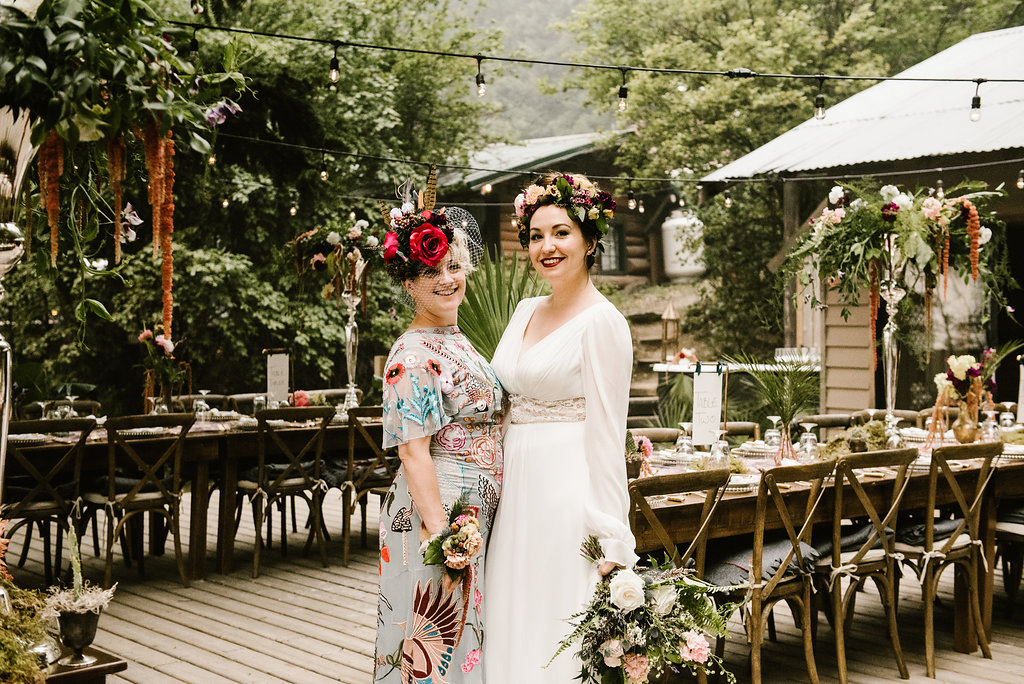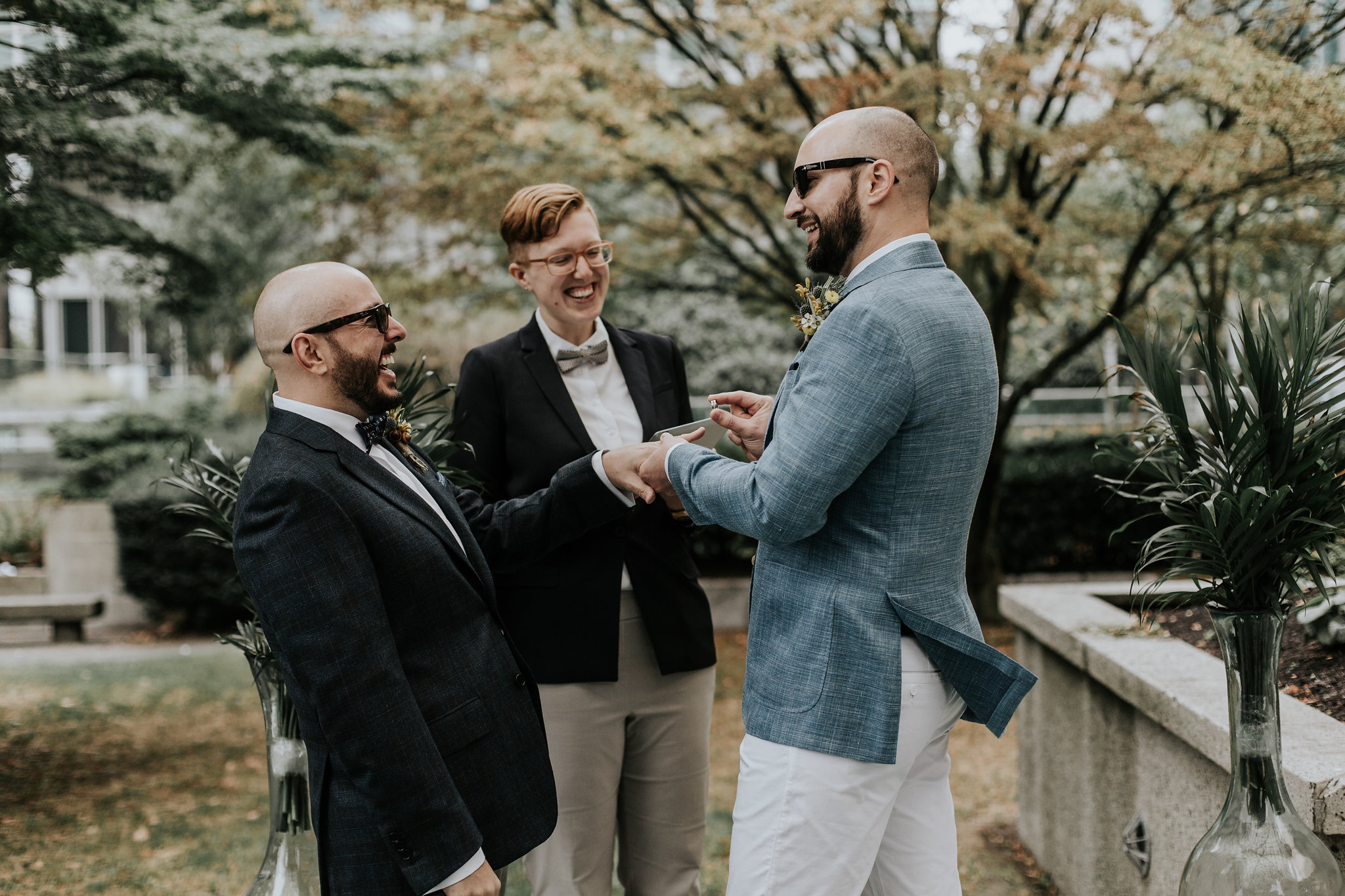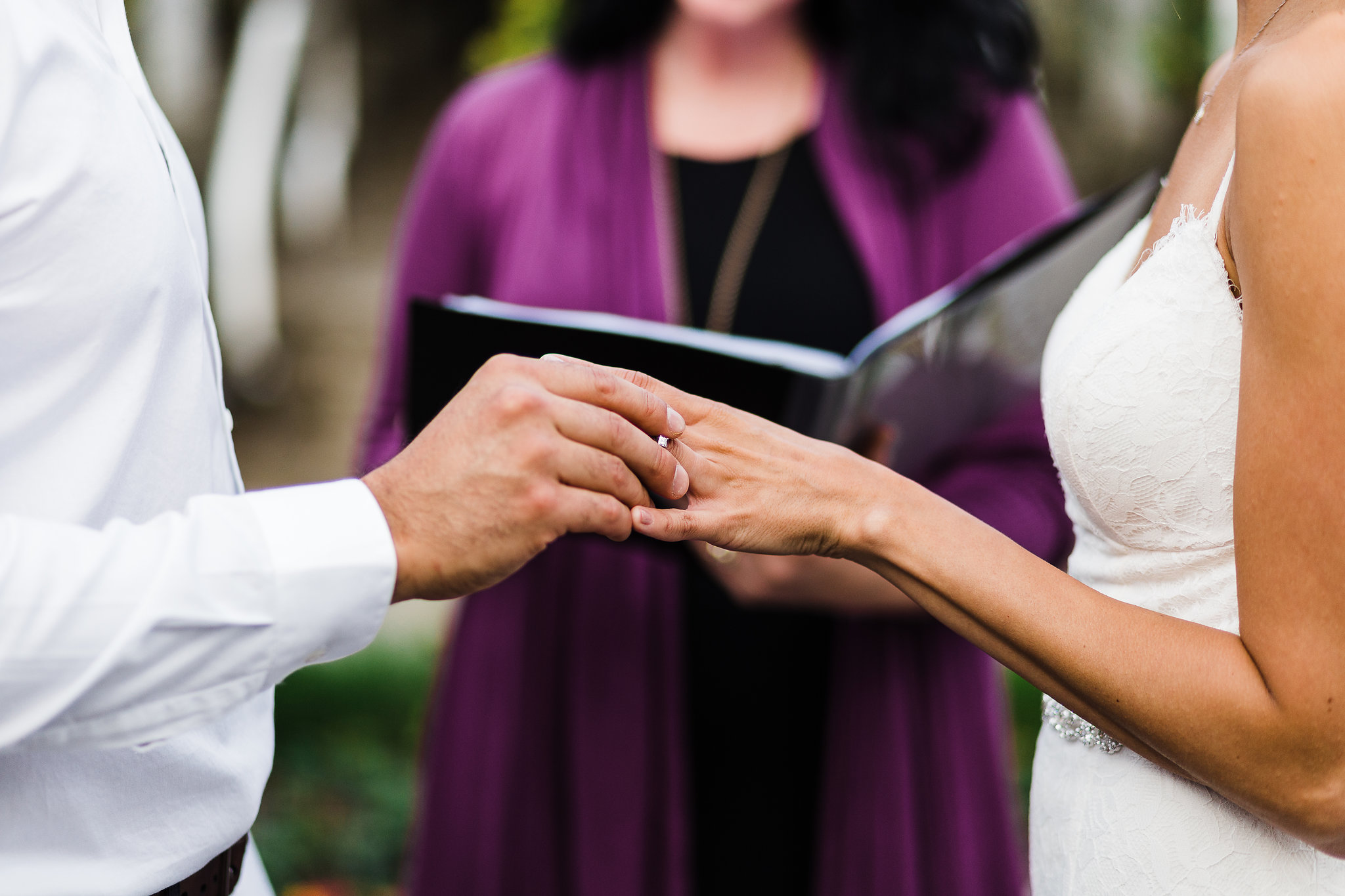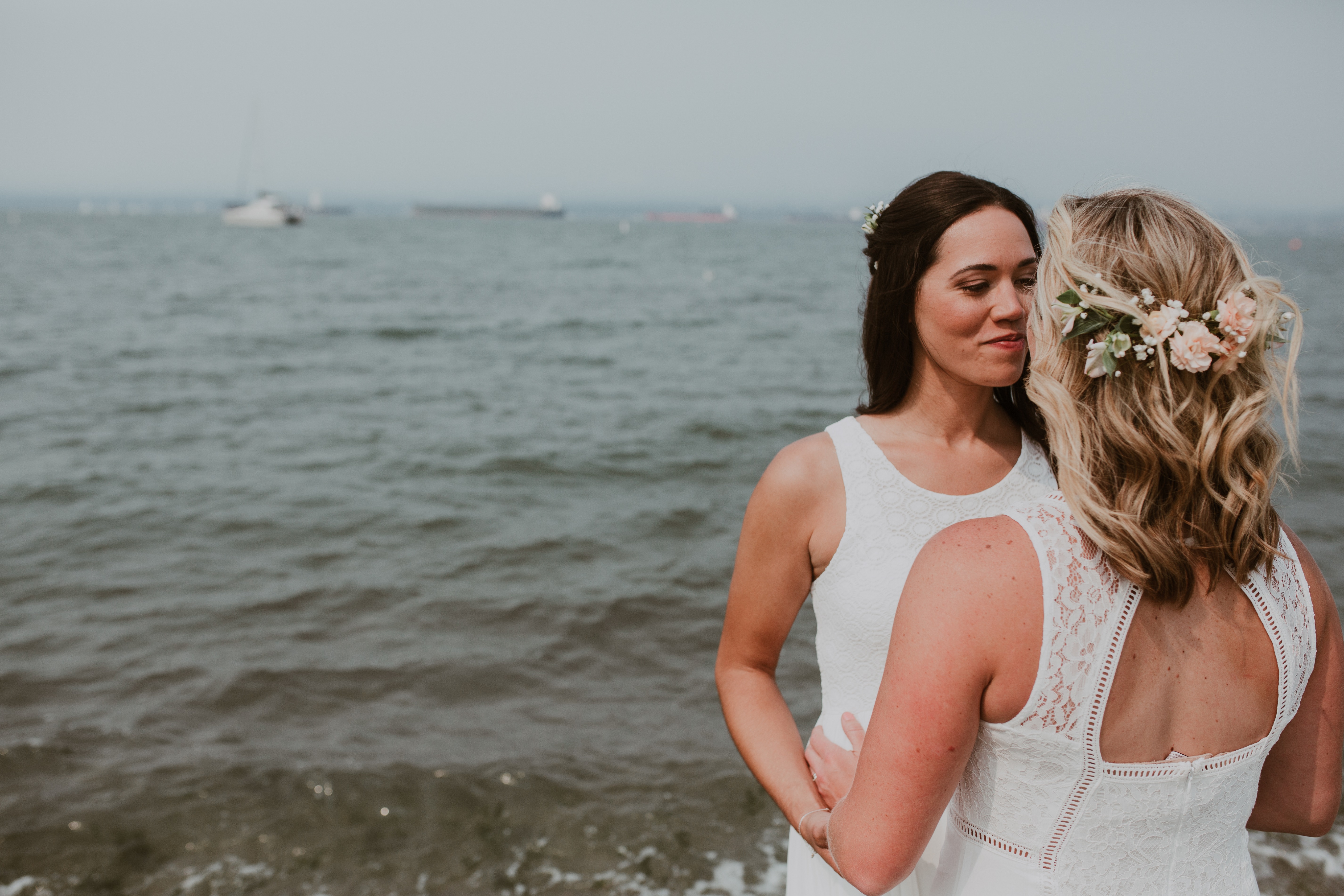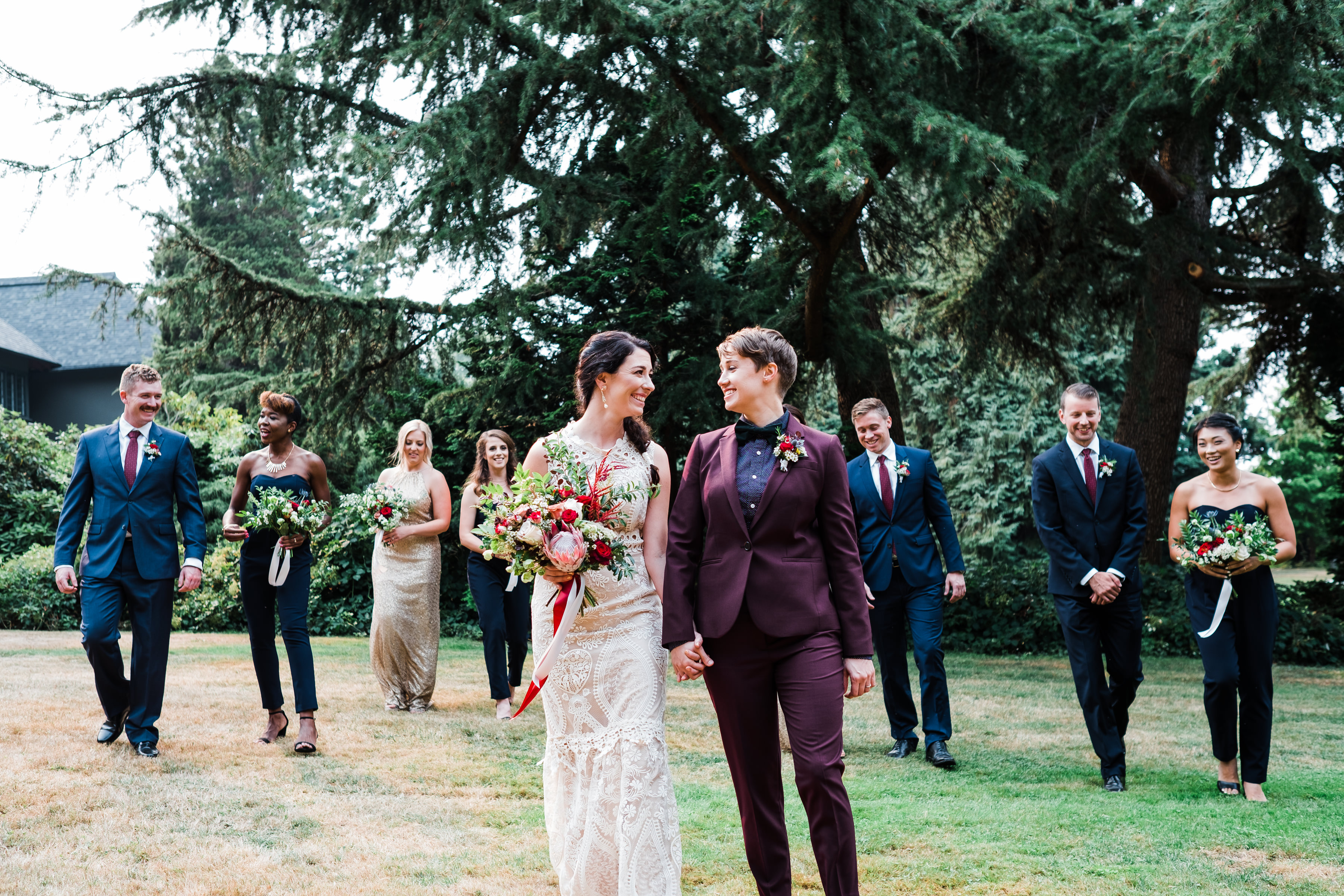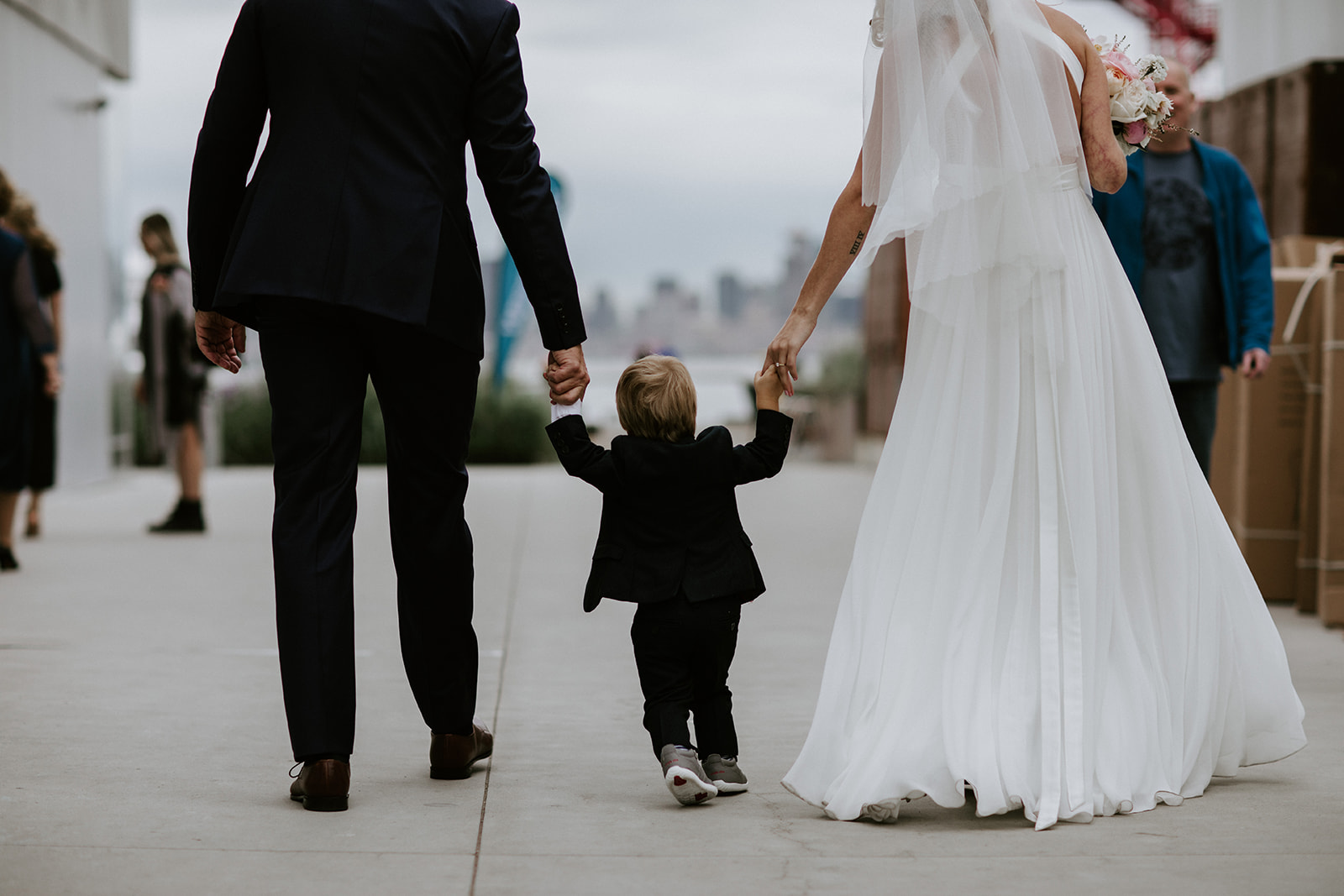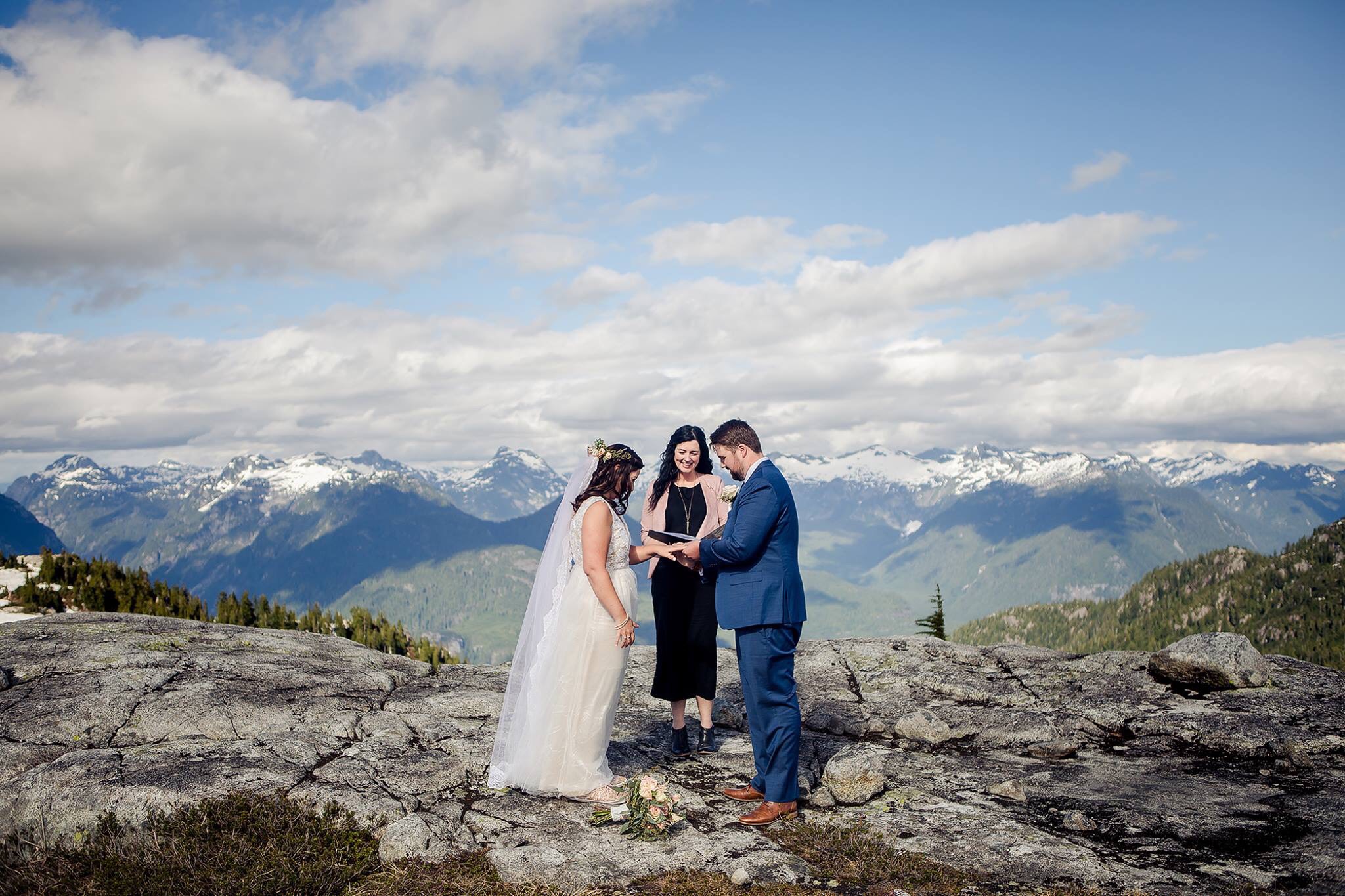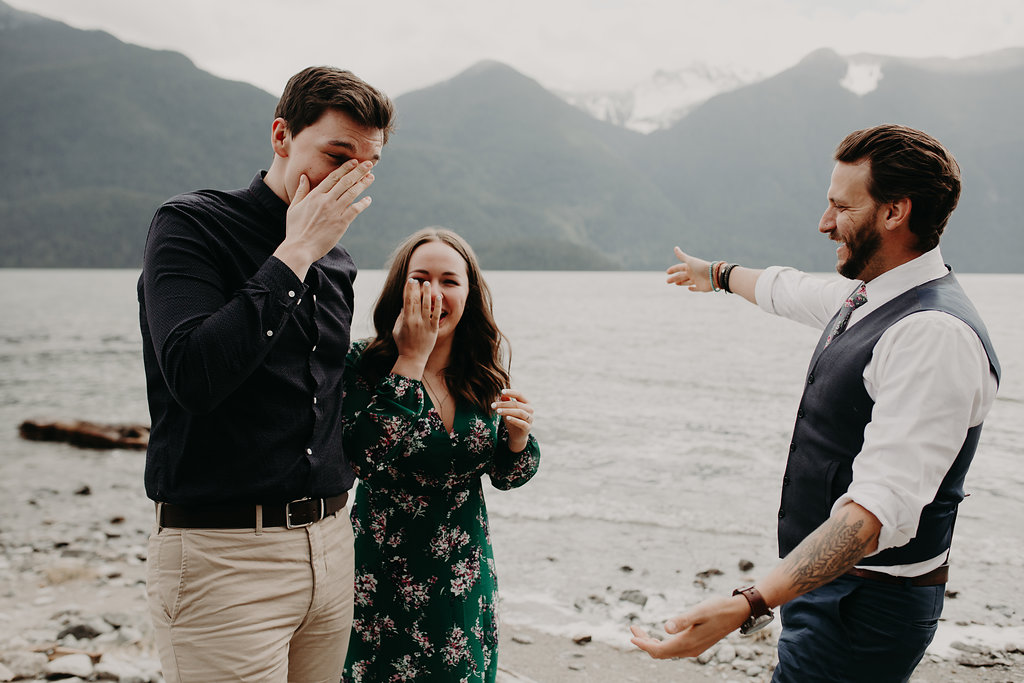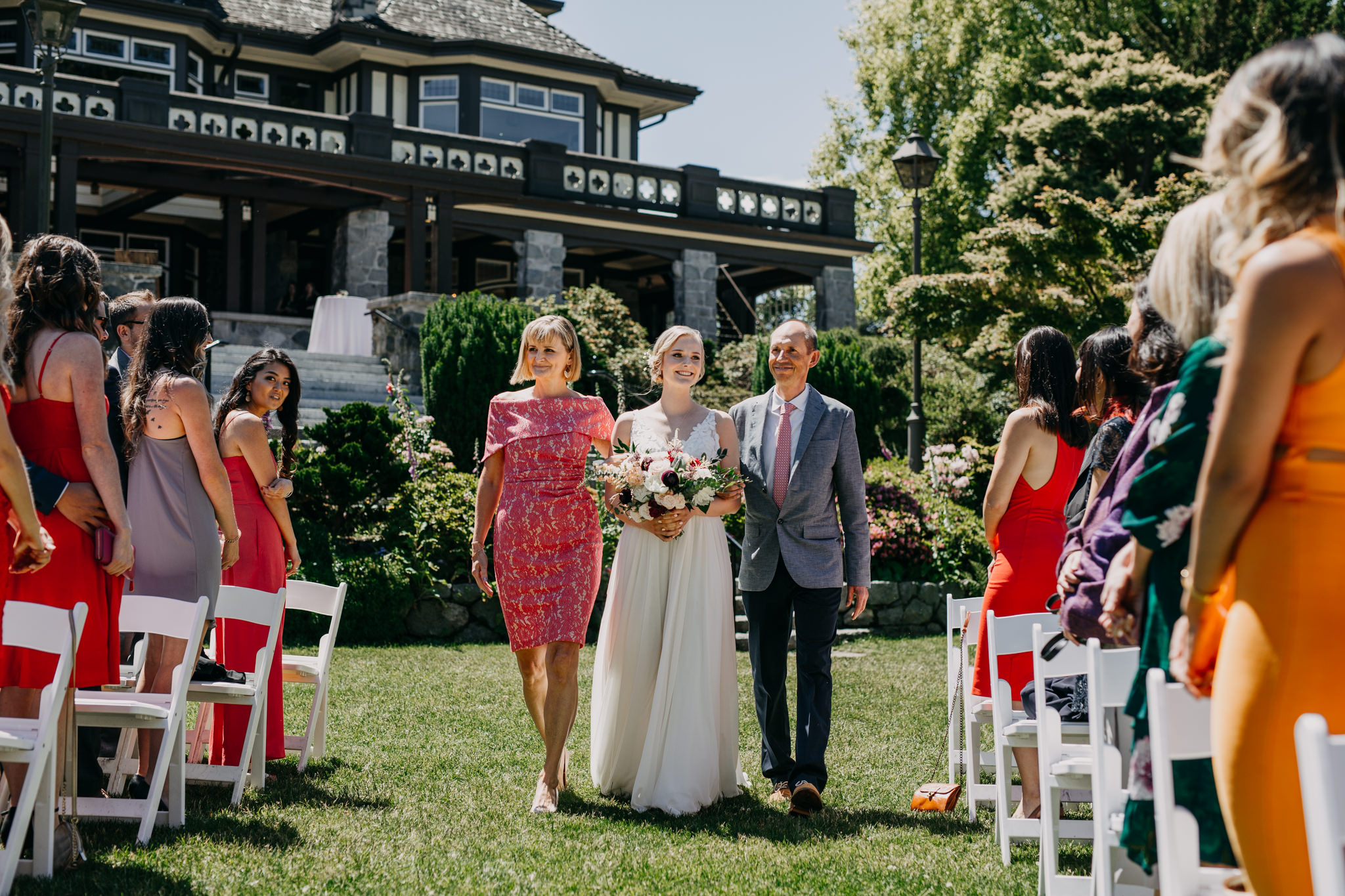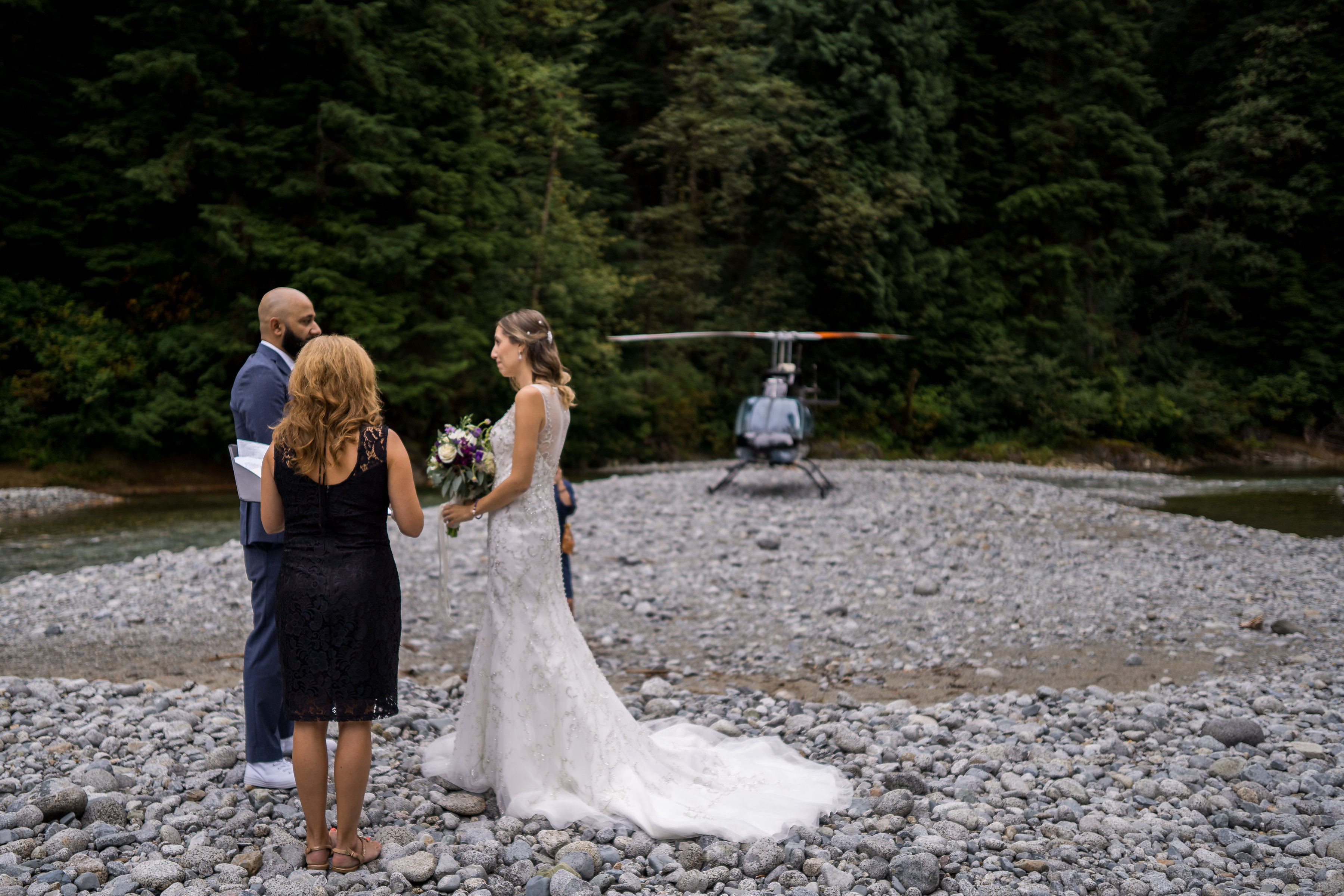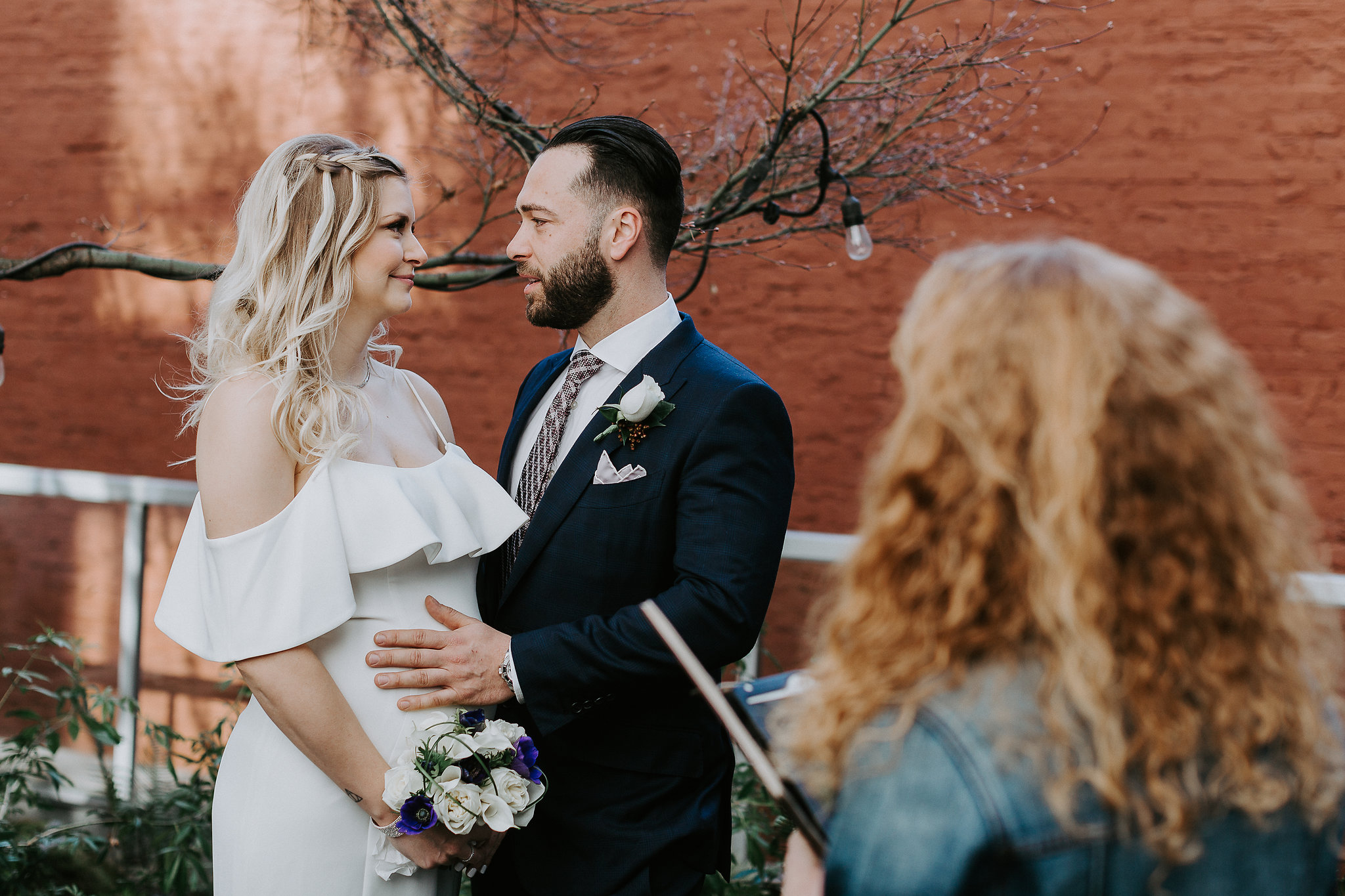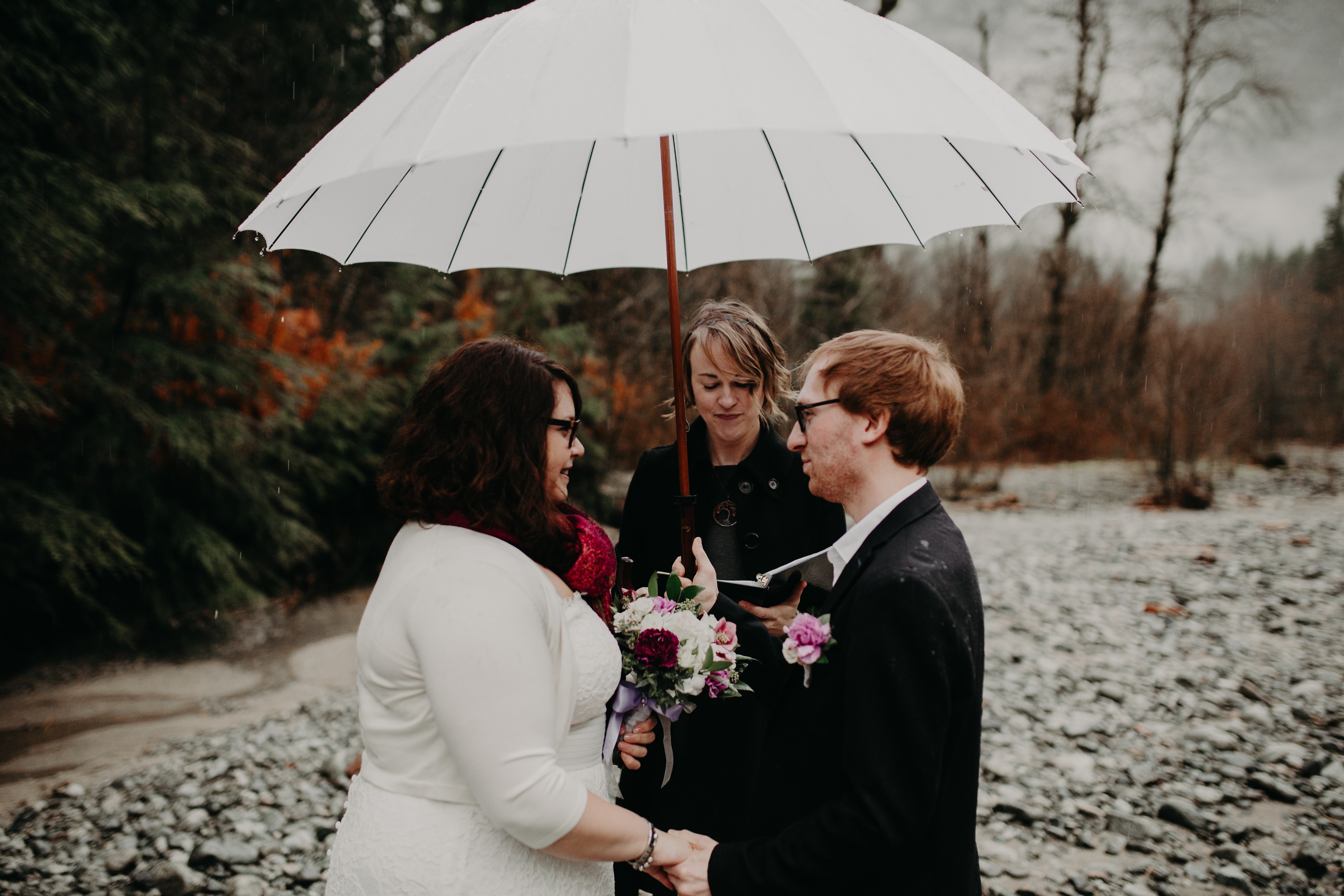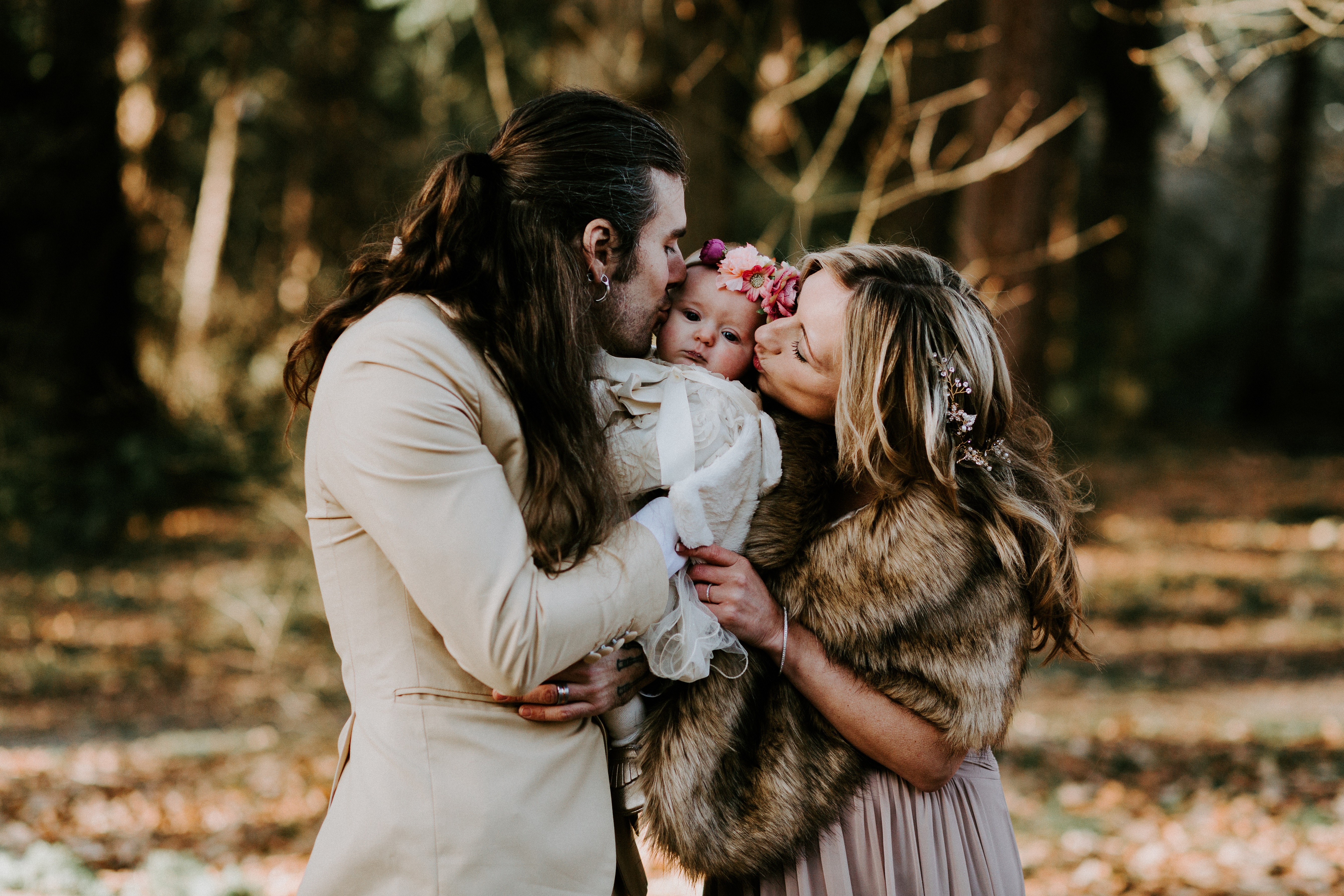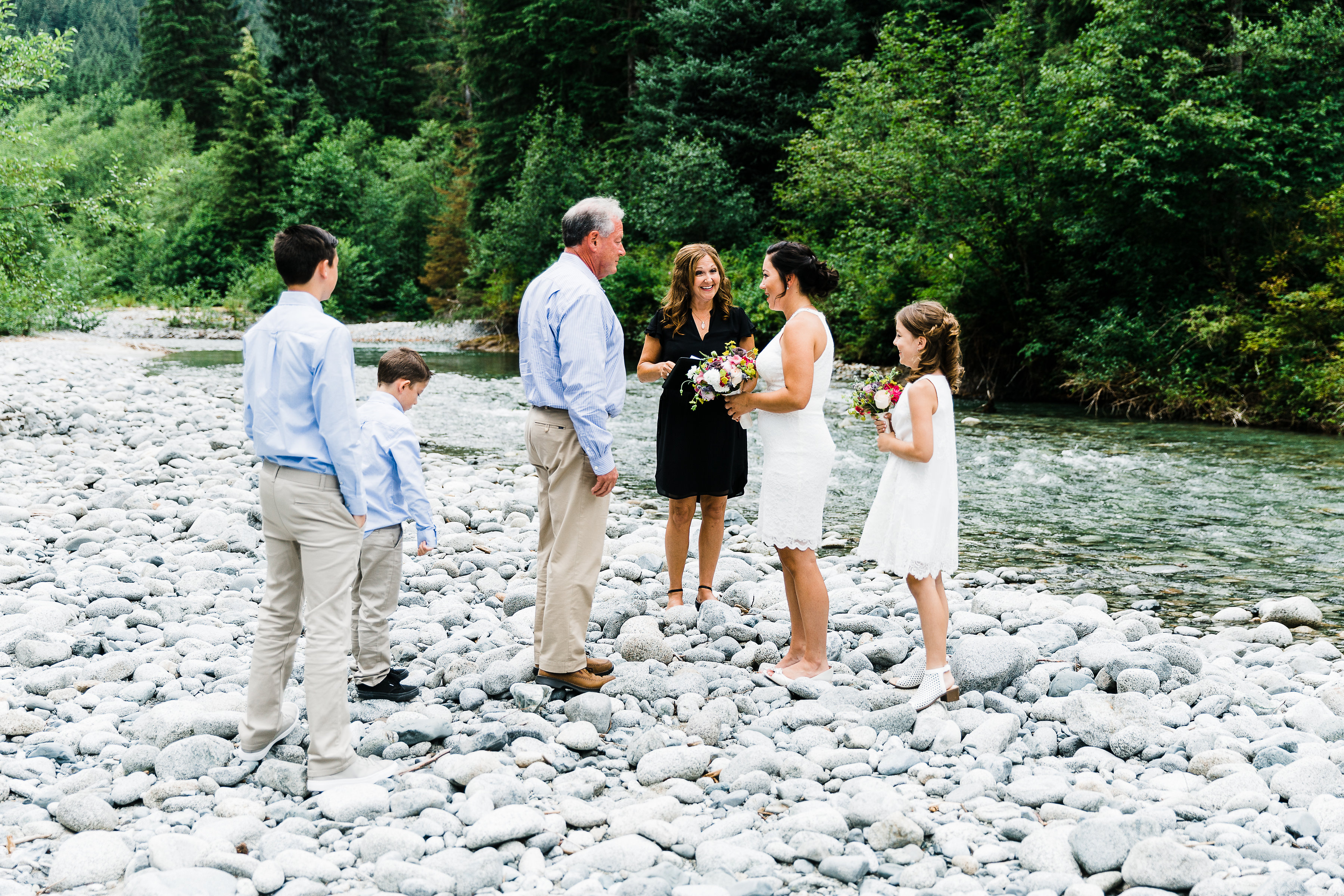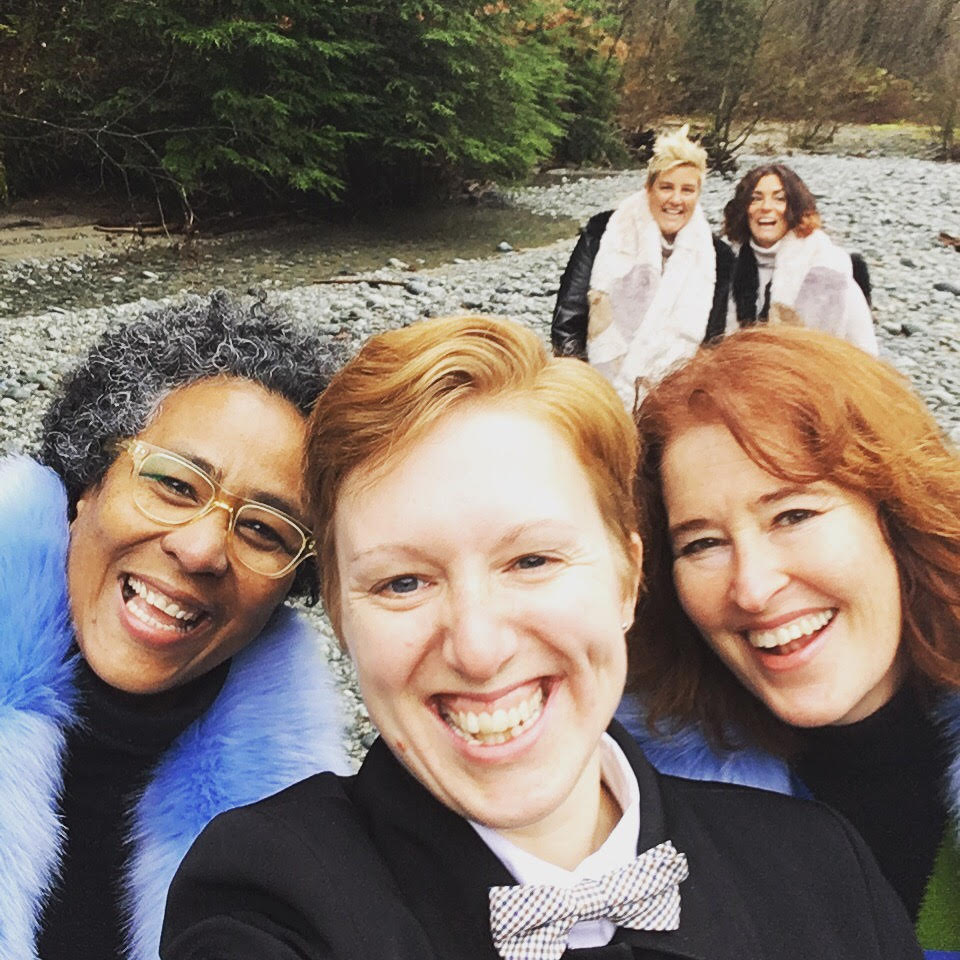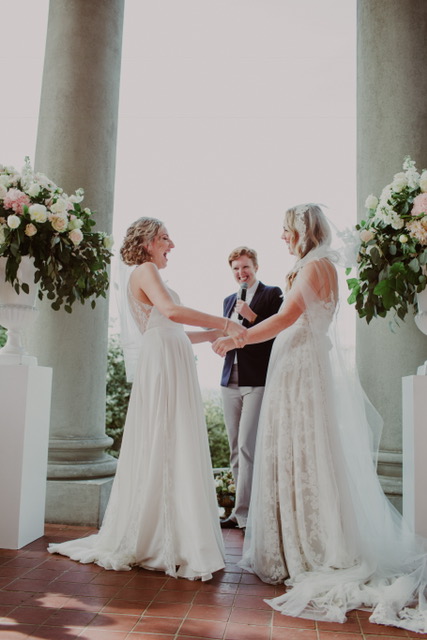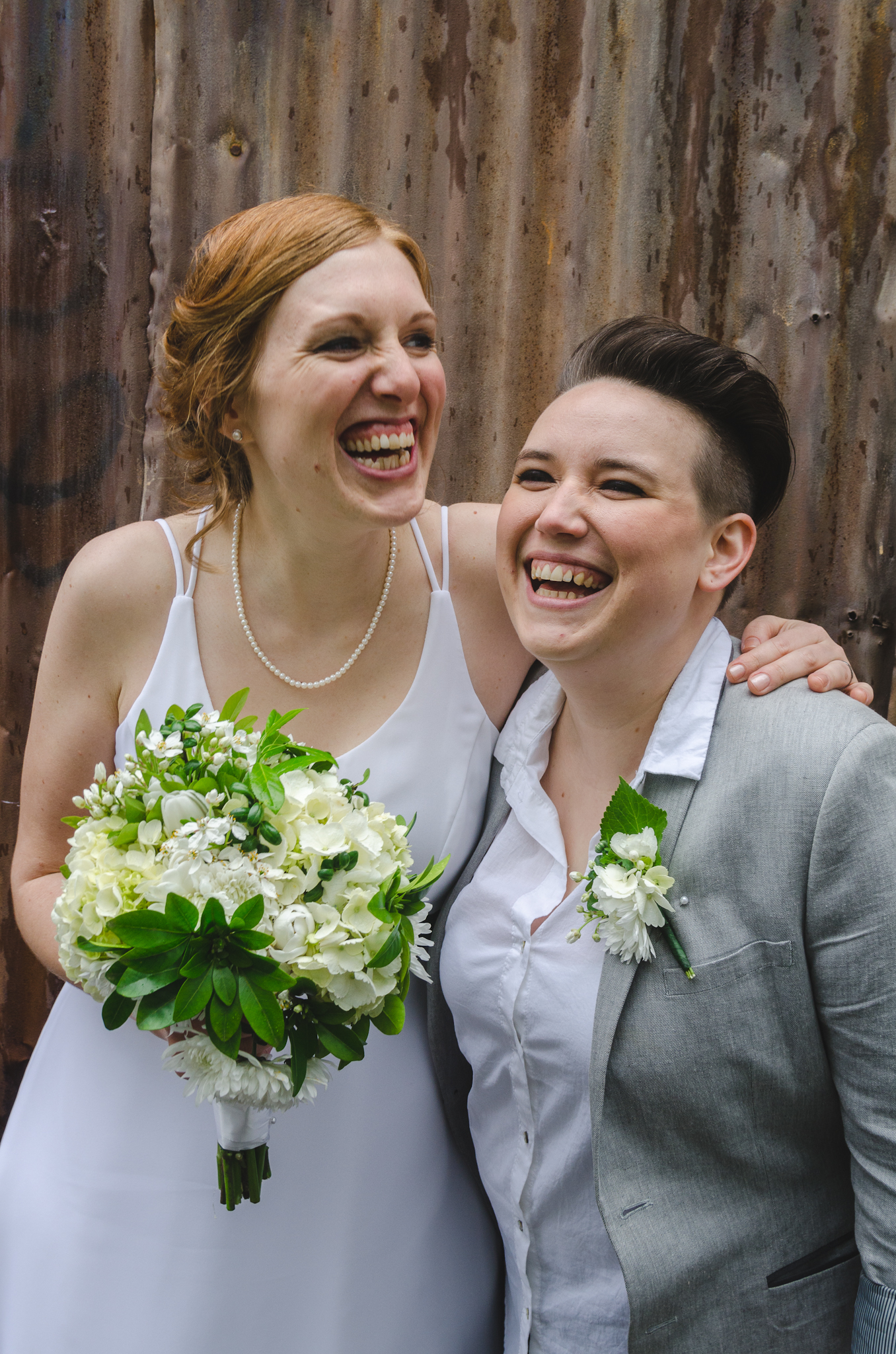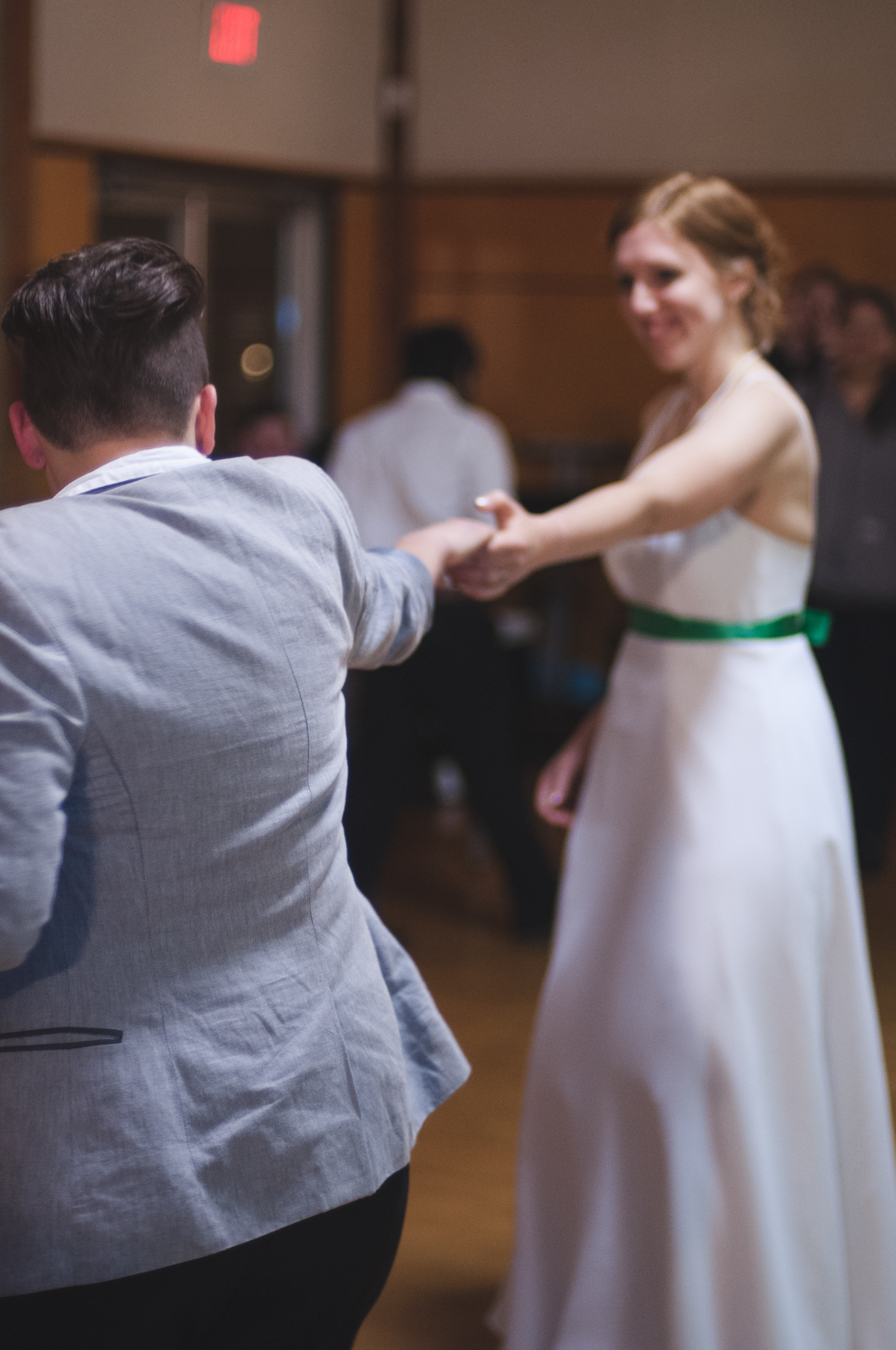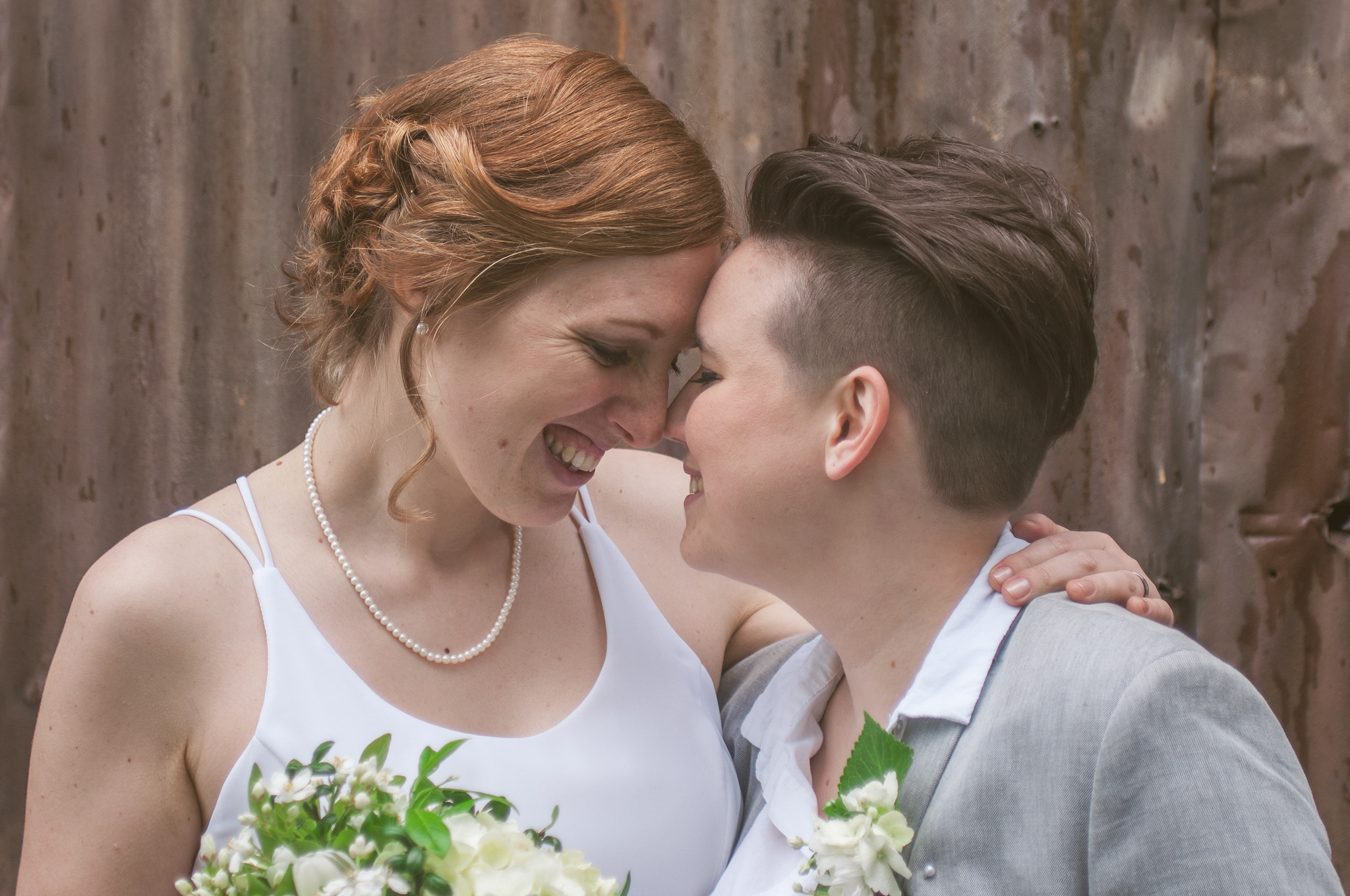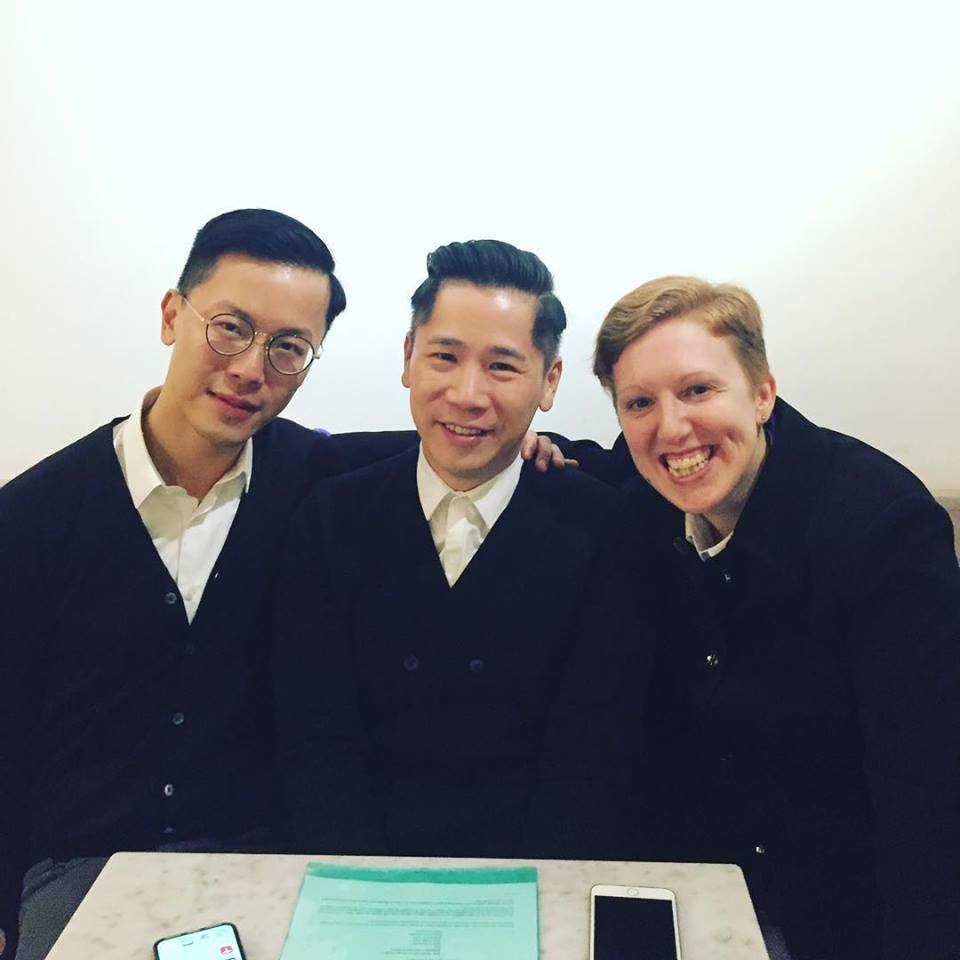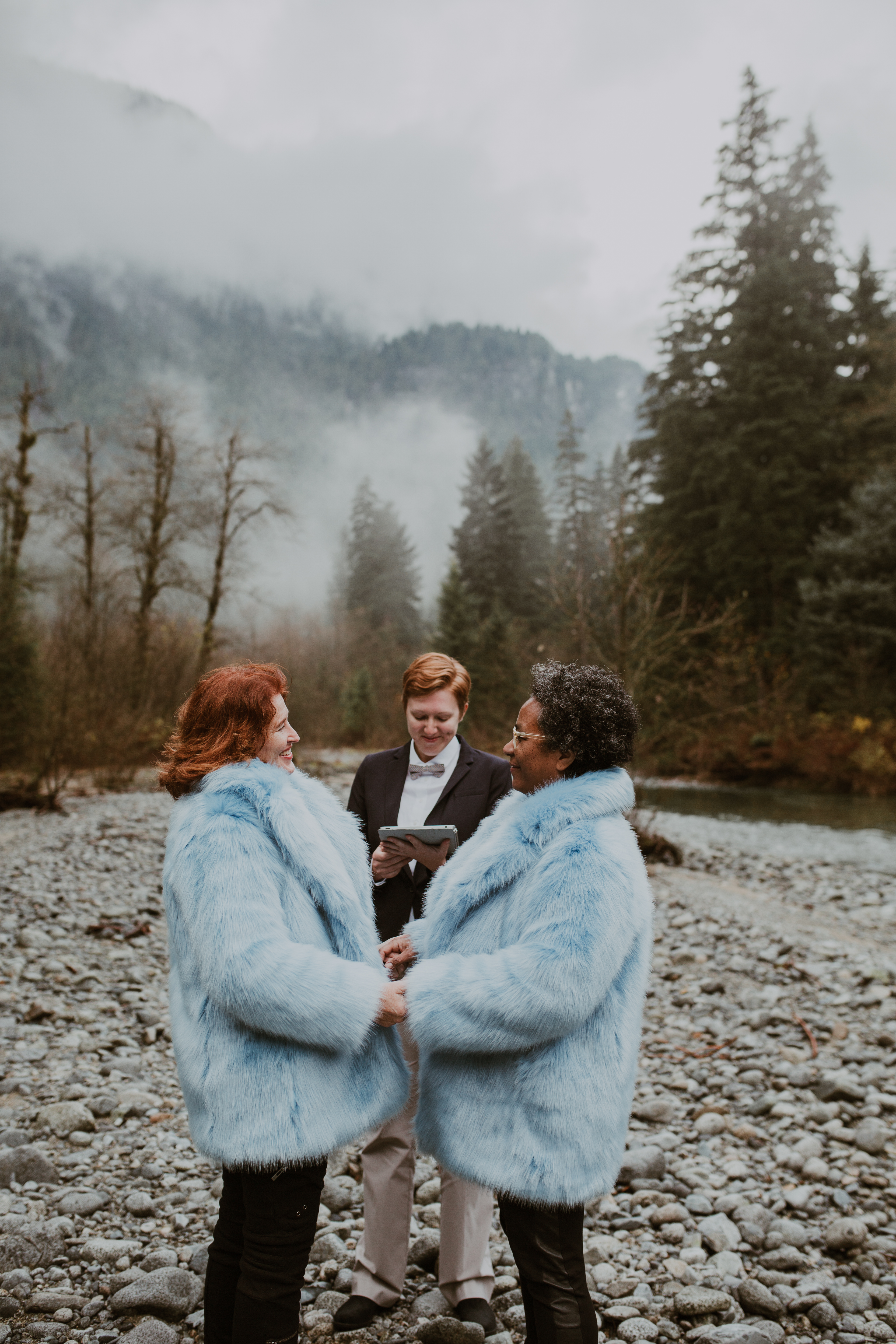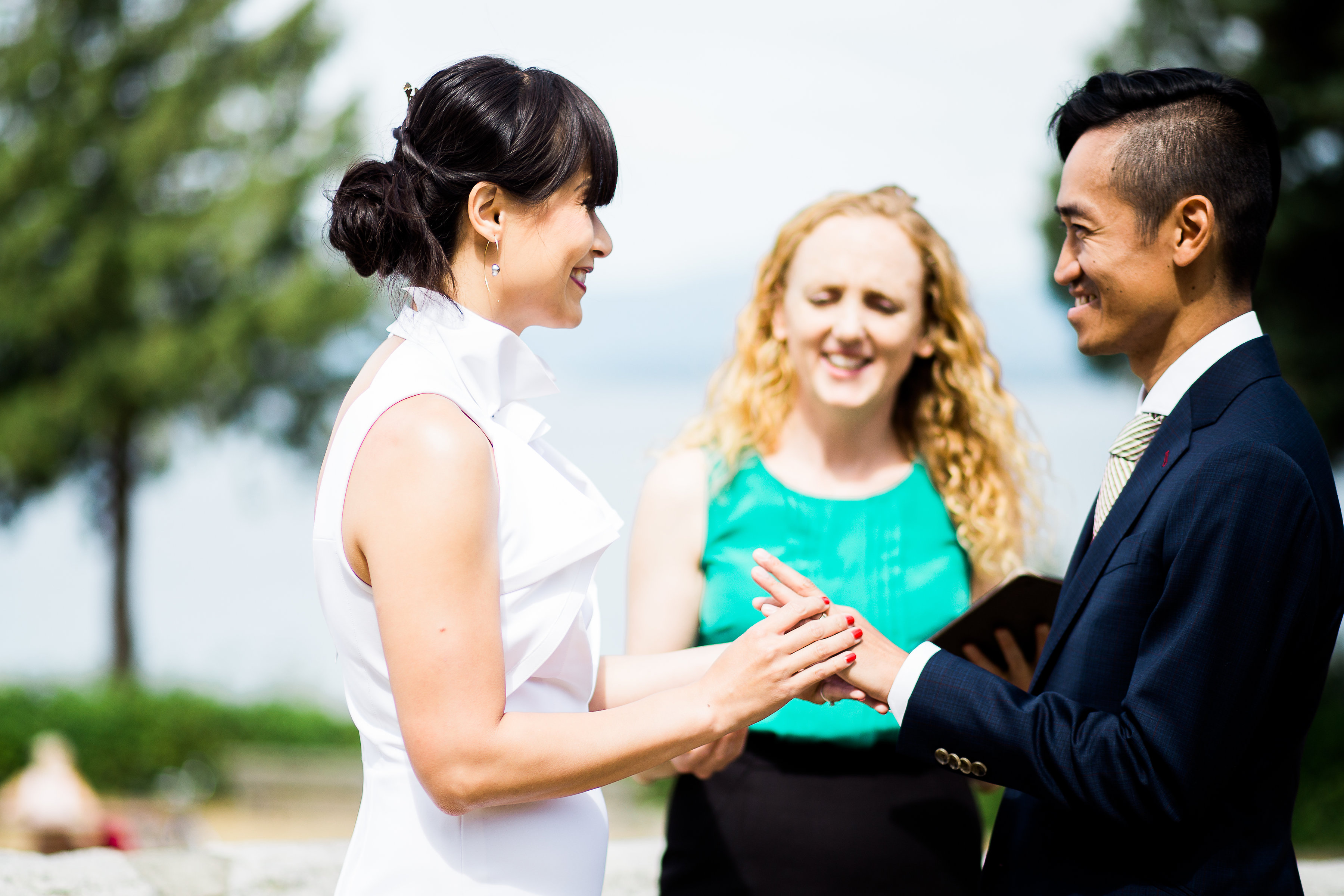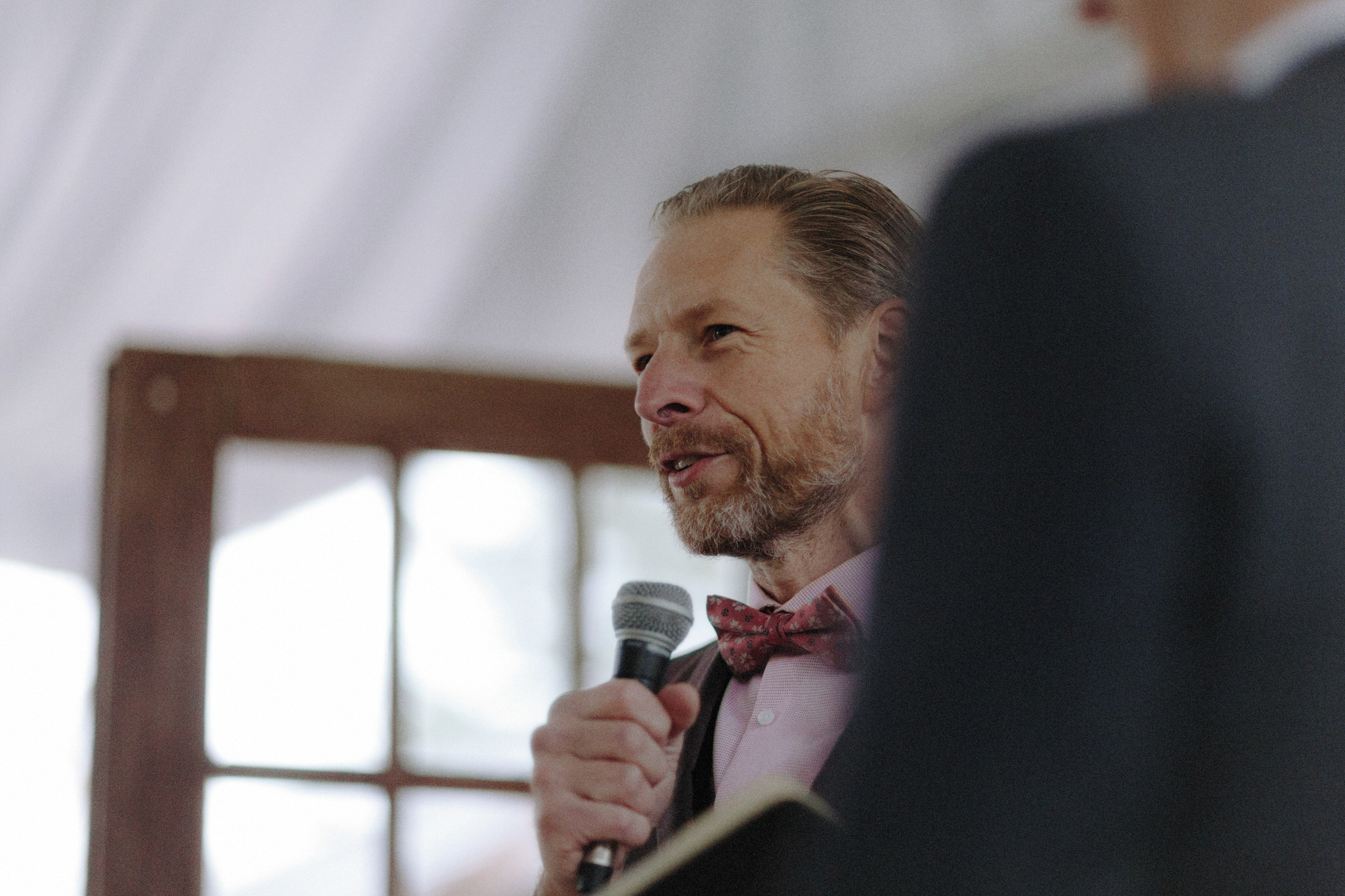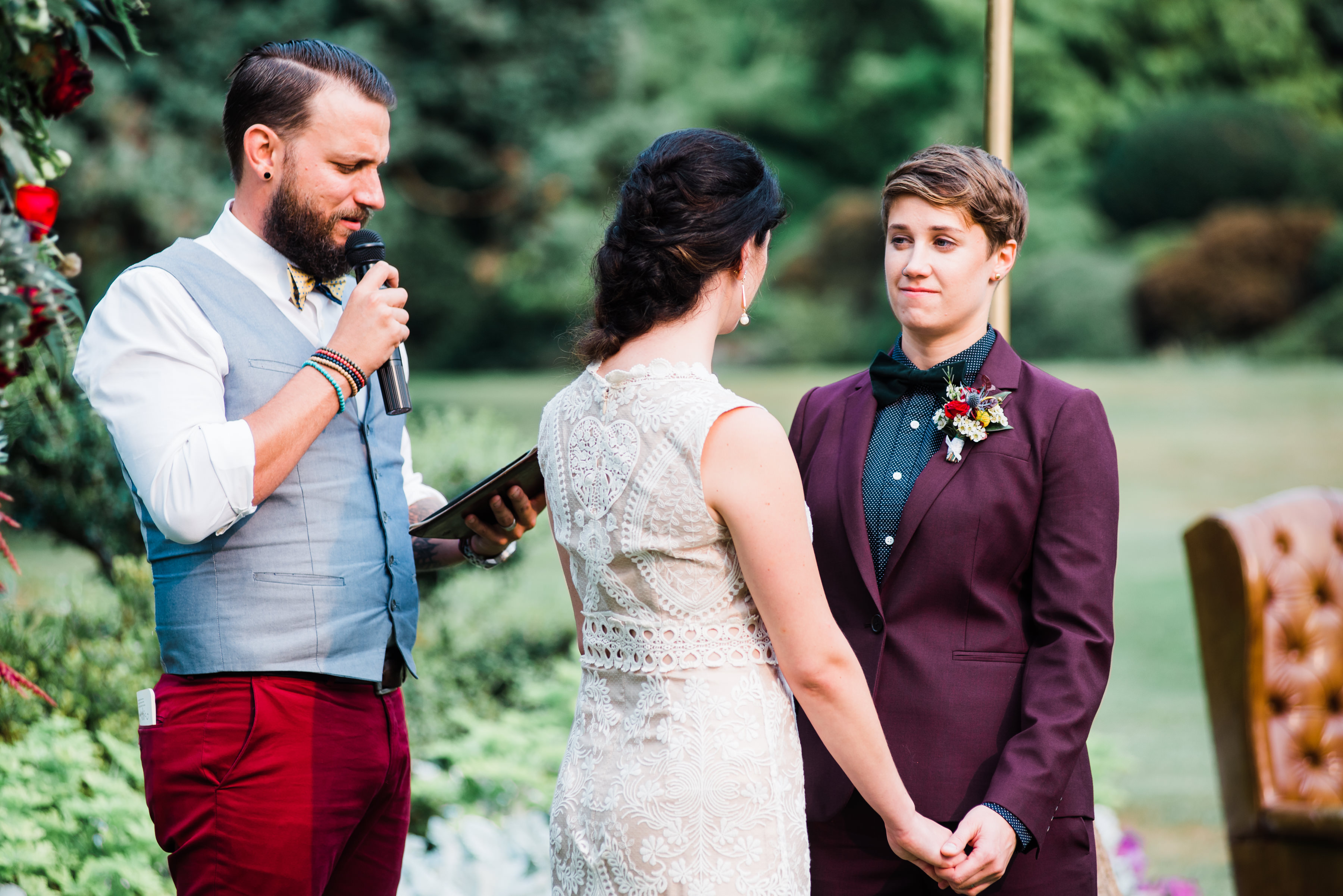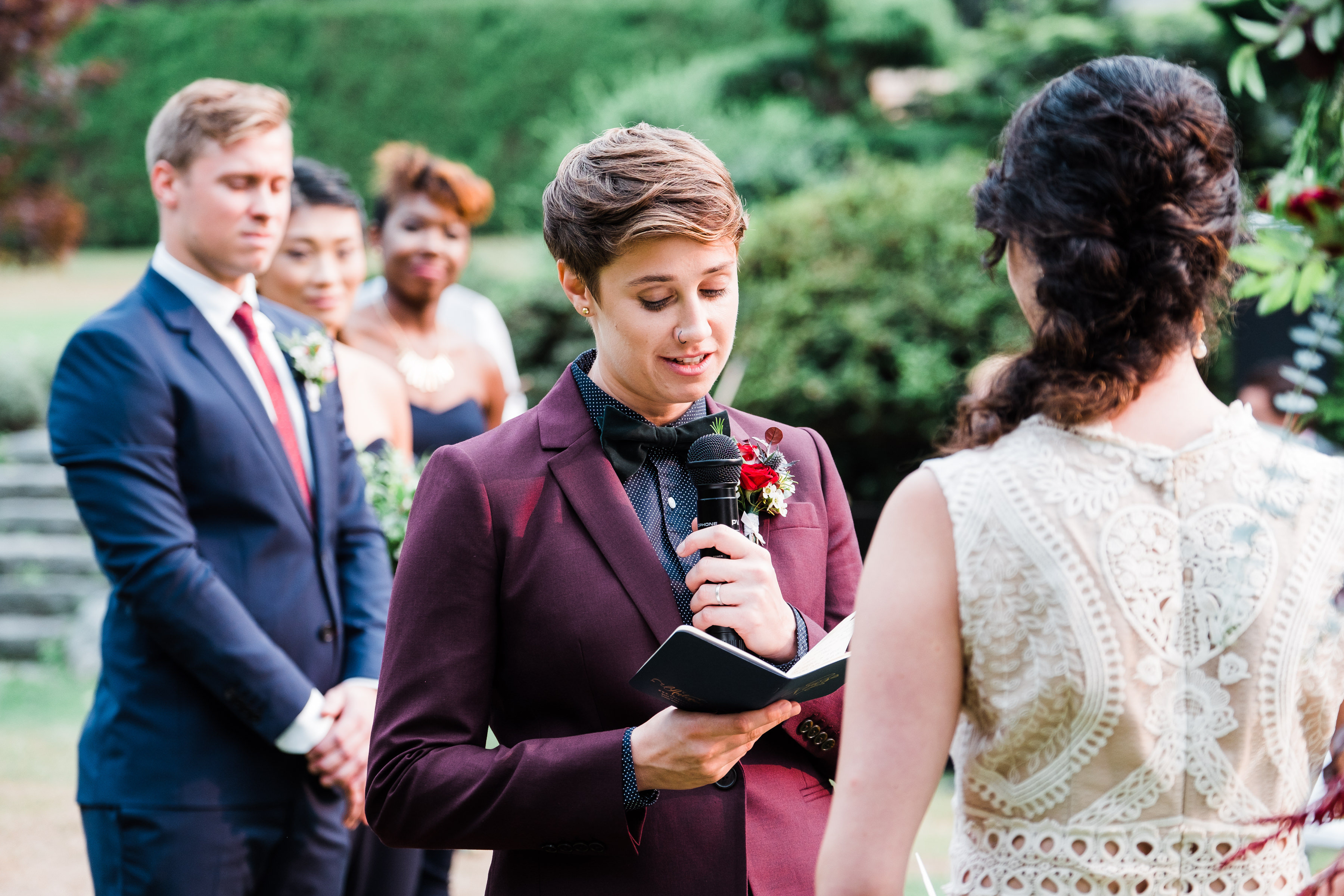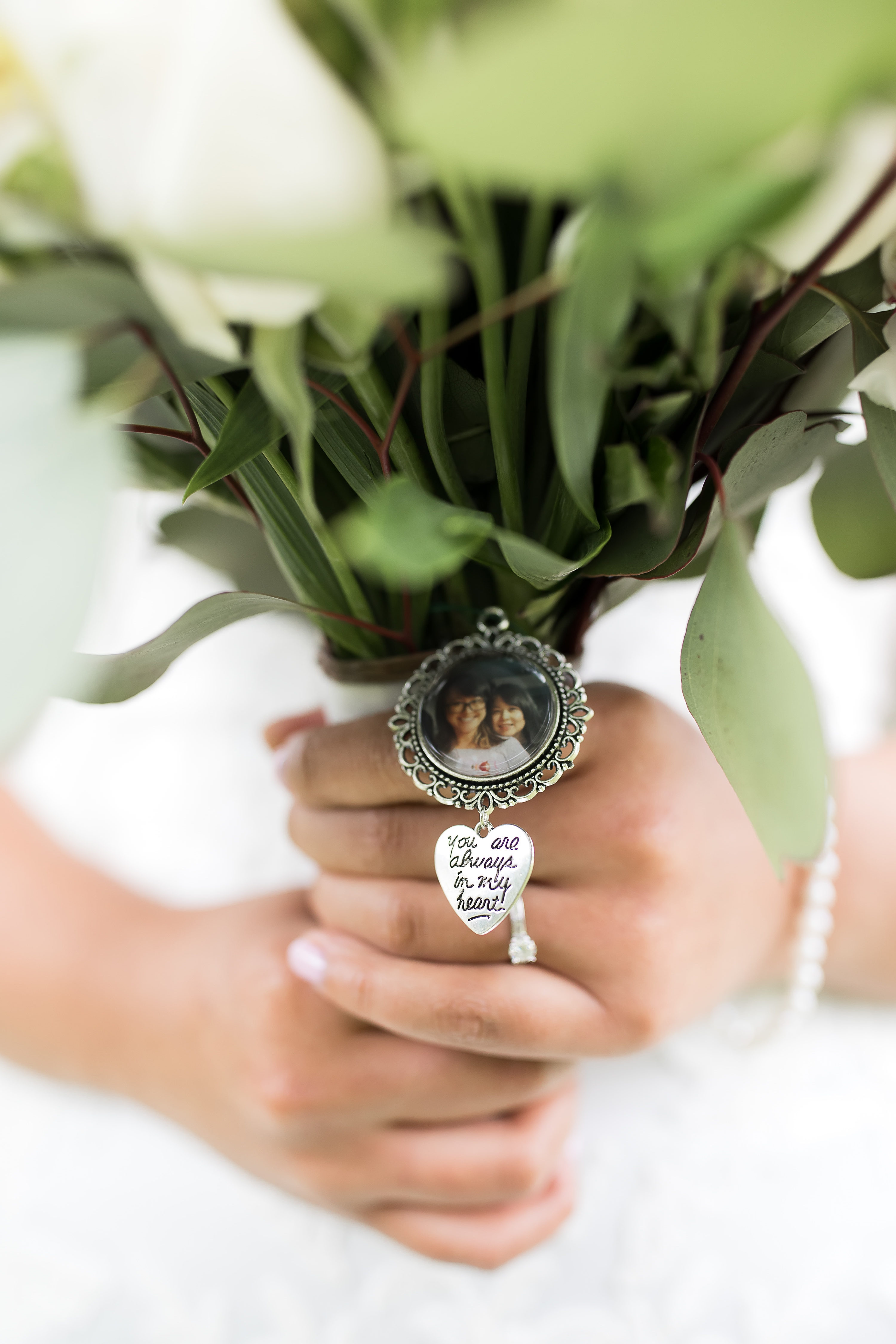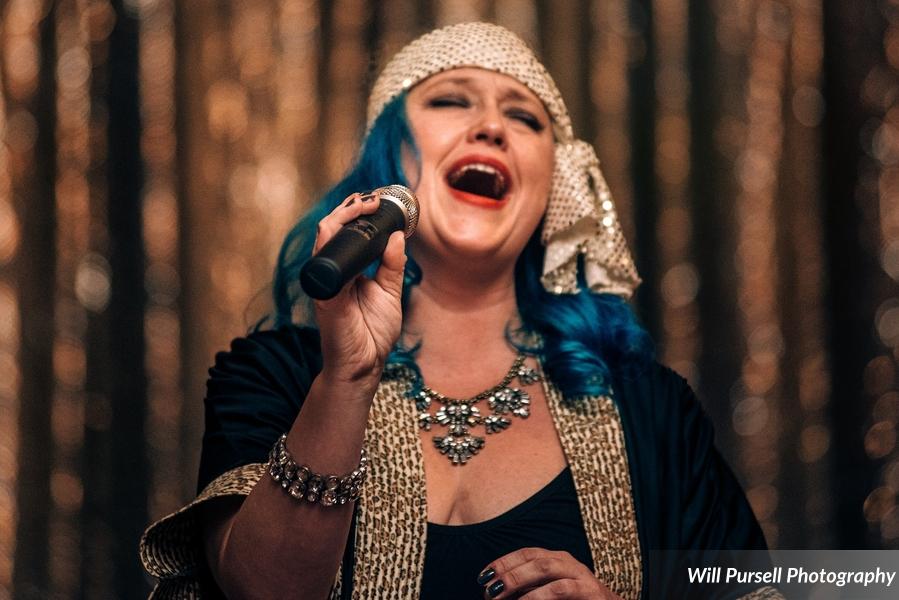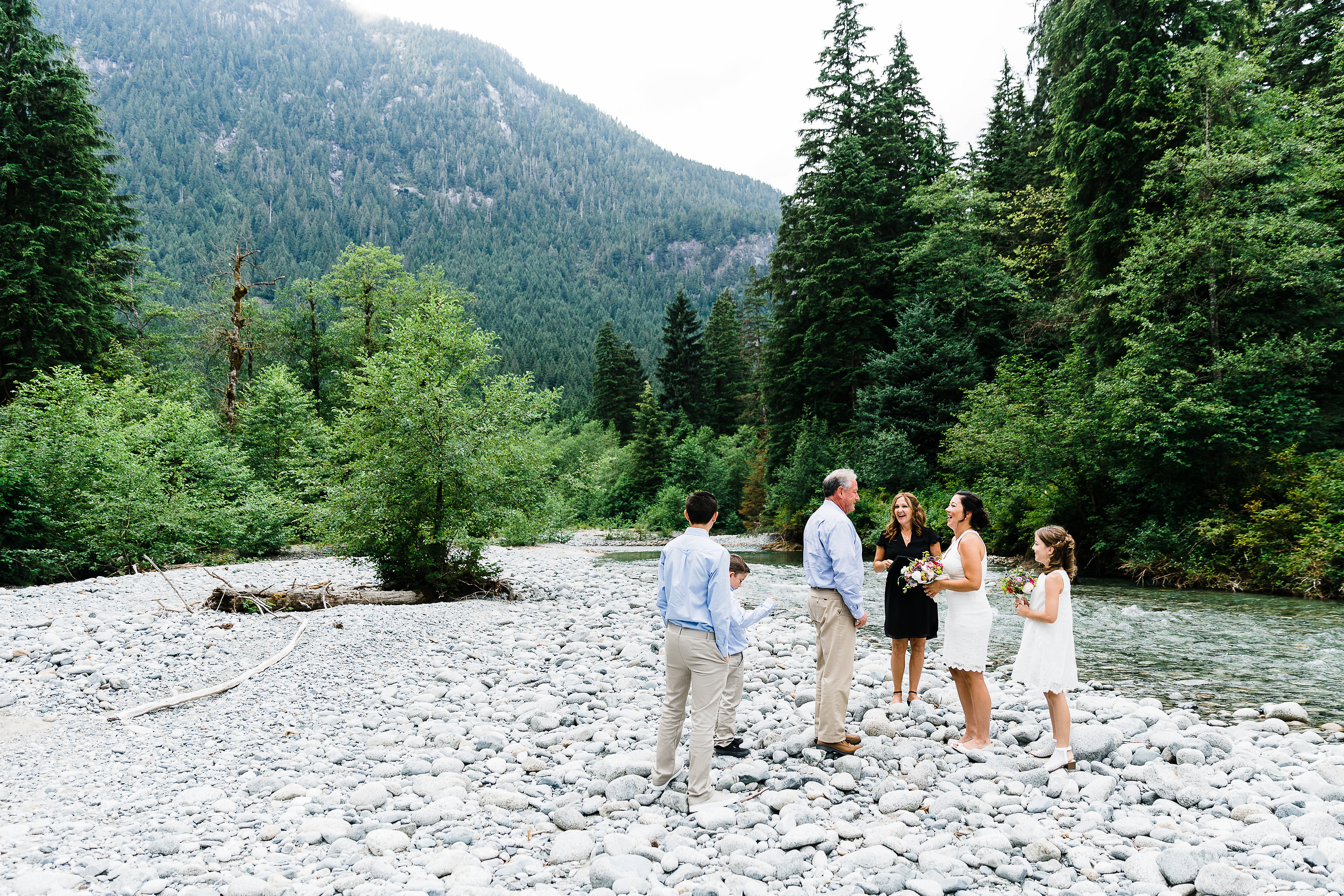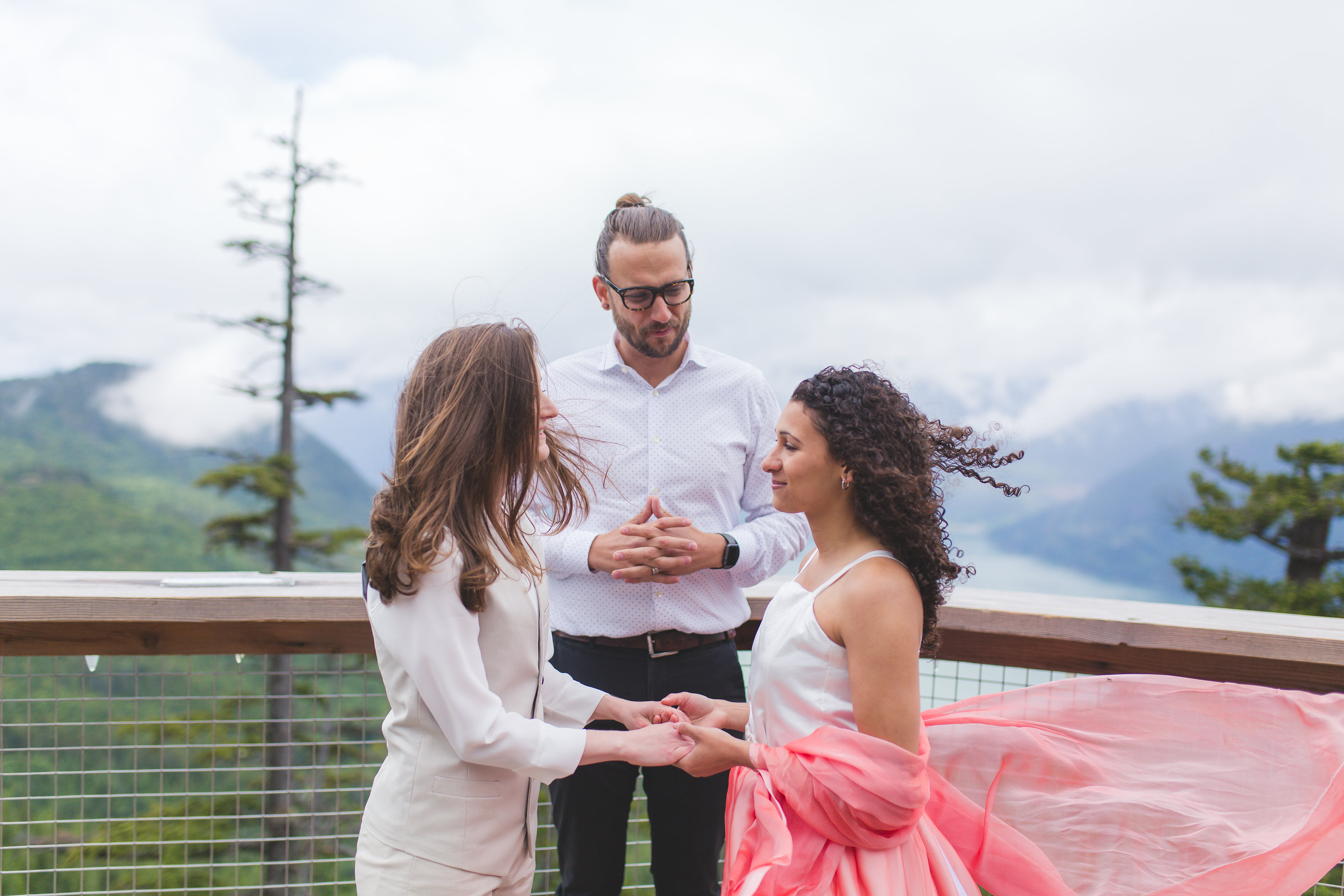Of course, your wedding should be all about you and your spouse-to-be. But if you are planning to invite guests, you can’t totally forget them. So what do guests really want? It’s simple! They want to celebrate your love in the most comfortable, sincere and joy-filled way. Fulfill these 11 things and all of your guests will be raving about how yours was the best wedding ceremony ever!
Every guest wants…
To not have to stand for too long
No one wants to stand forever. And they especially don’t want to do it when they’re all dressed up in fancy clothes and uncomfortable shoes. Your guests’ comfort is a big deal. Ensure your ceremony has enough seating for everyone and that guests aren’t being asked to stand for too long.
No one minds standing while you make your way down the aisle, but they will get antsy if they have to stand for a full 30 minute ceremony.

Something personal
Your guests want to hear something personal. Everyone has been to the same boring wedding ceremony but they haven’t been to your wedding. Make it your own by sharing personal vows or picking a special reading. Insert your own voice into you ceremony to truly make it yours.
To not be out in bad weather
Of course, you can’t control Mother Nature. But you can do your best to limit your guests’ exposure to bad weather. This starts by preparing them ahead of time. If you’re getting married on a snowy mountaintop or a sandy beach, your guests need to know so they can dress accordingly. Provide lots of details on your wedding website.
And if you’re planning an outdoor wedding, ensure you have a back up plan in case the weather doesn’t hold up.
Something that is so you
Your vows are not the only place where you can inject some creativity into your wedding. From the outfit you wear, to the music you choose, to the decor you have, every element of your wedding ceremony can be uniquely you. Don’t be afraid to think outside of the box: have your dog be your ring bearer, wear sneakers instead of dress shoes, or play something from the Foo Fighters as you come down the aisle.

To be able to see
As the stars of the show, everyone wants to be able to see your smiling (and probably crying) faces as you say your vows and exchange rings. The worst experience for a guest is to spend the entire ceremony craning their neck or cursing the tall guy in front of them for blocking their view. Talk to your venue and do your best to ensure that your special moment will be seen by all of your important people.
To be able to hear
Just as vital as seeing, your guests want to be able to hear you! What’s the point of picking out a beautiful reading and writing heartfelt vows if no one can even hear them? Work with your venue and officiant to ensure you have a sound system so everyone can pick up every meaningful word.
To understand what’s going on
If your ceremony is really out of the box, or if you’re incorporating a language, religion or culture that is unfamiliar to your guests, let them know what’s happening. You can do this by providing information in a ceremony program, on your wedding website, on signs at the ceremony, or by asking your officiant to make an announcement. You don’t want to leave your guests feeling confused. Instead, invite them into this important experience by explaining your traditions.
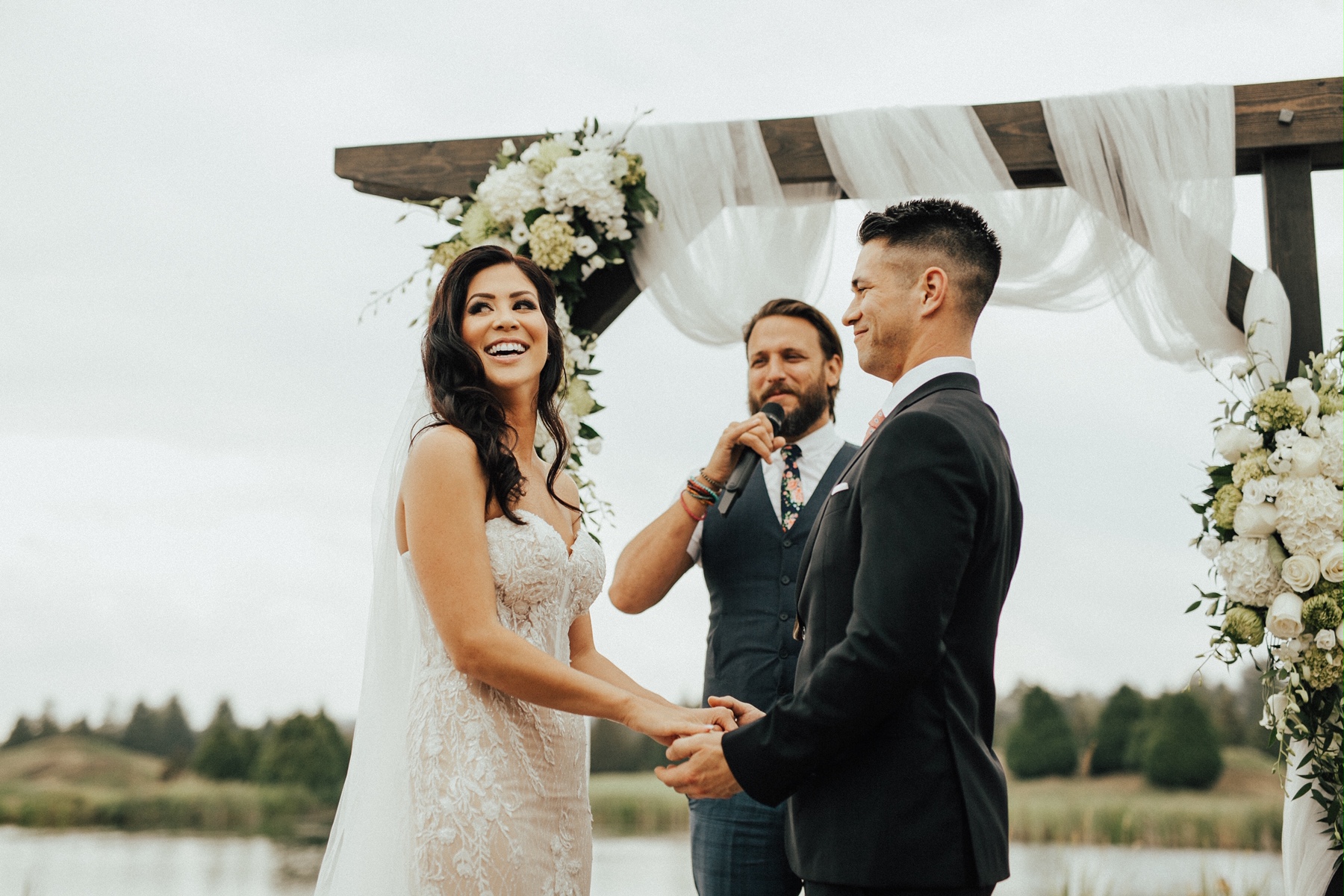
To understand what comes next
After a ceremony, a lot of guests are left wondering, “Well, now what?” They assume there’s a reception but many are a bit fuzzy on the details of where and when. Make things easier for your guests by having these instructions readily available. You can include a timeline on your wedding website, your programs and/or signage at the ceremony. You can also have your officiant or DJ make an announcement.
If you’re planning something for right after your ceremony, like a group photo or a special cocktail hour, you’ll need to remind guests about this so they know where to go.
The ceremony to start on time (or as close as possible!)
No one likes waiting around. Your guests would love if your wedding ceremony could start on time, pretty please. And, confession, your vendors would love this too! Of course, everyone understands little delays. But making your guests wait around for more than 15–20 minutes is never appreciated. Plus, you’ll be super stressed if you’re running late and things are falling behind schedule.

A short ceremony
Let’s be honest. Even if you have the coolest traditions, the most heartfelt vows, tear-inducing readings and the best officiant (who? us?), no one wants the ceremony to last forever. A beautiful and meaningful ceremony can (and should!) be achieved in 30 minutes or less. If you’re planning a ceremony that will last a few hours, get ready for guests to be fidgeting, checking their phones, and getting up for bathroom breaks.
To connect to your love story
At the end of the day, your guests are your favourite people. These are your family members and friends who love you and are so honoured and excited to celebrate your union. Even if it starts to rain, the rings go missing and your wedding party gets stuck in traffic, your guests are still going to be there, smiling up at you throughout your ceremony.
They’re here for your love story. So give them the opportunity to connect to it. Let them know who you two are as a couple, how incredible your love is, and why you’re getting married. It’s not about a dress or dinner or flowers; it’s about you two. Your ceremony should reflect that. A personal ceremony that’s written just for you two by an officiant who takes the time to get to know you is a great way to share your love with your guests.
Feature image by Emily Nicole Photos
Written by Riana Ang-Canning

